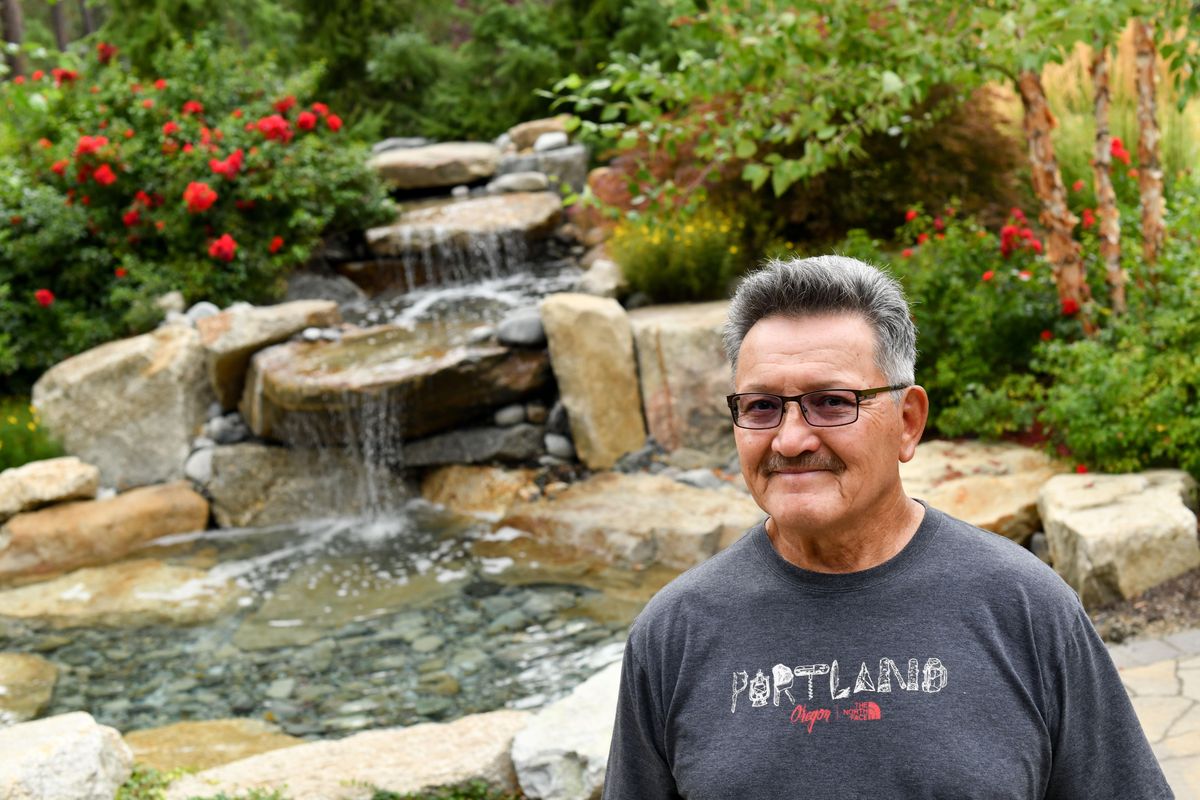Gardening: Transplant learns to blend into surroundings

Building gardens is always an adventure. You move to a new site and climate and everything you thought you knew changes, sometimes drastically. Your new site might have hidden microclimates, variable soil quality, critters you’ve never dealt with or sub-zero temperatures.
“I planted $1,000 worth of plants when we first moved here,” said Joe Laynor. “And the deer promptly devoured them. That was the first thing I learned.”
Laynor grew up in an Air Force family. In the 1950s, his father was stationed at Fairchild Air Force Base, and he remembers the huge vegetable garden his mother planted at their base housing. He doesn’t have fond memories of it though.
“I didn’t like the work,” he said.
Time changed that though and by the time he moved to Savannah, Georgia, he considered himself a frugal plant nerd. Then the call of grandchildren lured him back to Spokane and a brand-new garden space. In three short years, he turned his deer experience around and created a beautiful garden on the flanks of Tower Mountain in south Spokane. His efforts won him the August Garden of the Month from the Inland Empire Gardeners.
Laynor and his wife, Pam, built their house right next to their daughter’s house to make a family compound so they could be close to their four grandchildren. This doubled the space that Laynor gets to garden.
The top of the garden backs onto the woods and has several large native rock outcroppings to play with. He has started developing a Japanese-style garden that takes advantage of the rock.
“I’m learning about native plants that might work in this garden along with the Japanese maples and pines.” Nearby a small spring seeps out of the bank. He plans to add some marsh plants to the area.
The entryways to both houses are mixtures of Japanese maples, deer-resistant perennials, roses and grasses that give them a prairie feel. Naturalized stone hardscapes set off the plantings.
Around the foundations of the houses, Laynor has planted eye-catching beds of shrub roses, spikenard, mugo pines, lavender, catmint, and hostas depending on the amount of sun each side of the houses gets. Spikenard is a unique plant. It thrives in partial shade and sports yellow green leaves that light up the plants around it. Its flowers and fruit draw in bees and birds all though the summer and fall.
The perimeter of the garden has been planted with taller shrubs and trees to focus viewpoints and protect from wind. Several more springs pop up here, so he has planted water-loving plants like paperbark birch and ferns. Fireweed has self-seeded itself in several places which adds to the wild look.
A large patio between the two houses features a waterfall and several small pools that reminded me of being in the mountains. In a nod to Laynor’s first experience with deer, he built a fenced raised bed vegetable garden that provides enough tomatoes, green beans and squash to keep the cooks in the family happy.
“Somehow I hope the grandkids take an interest in gardening,” Laynor said.